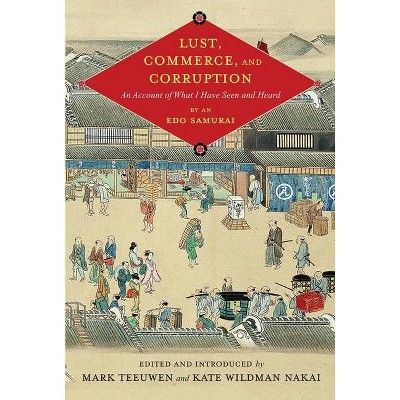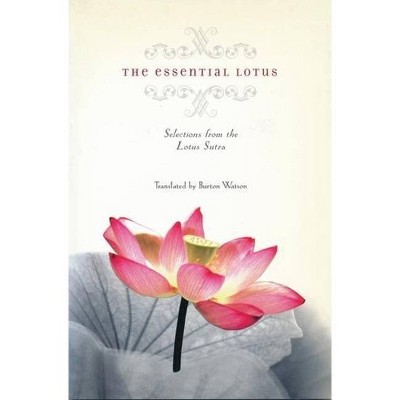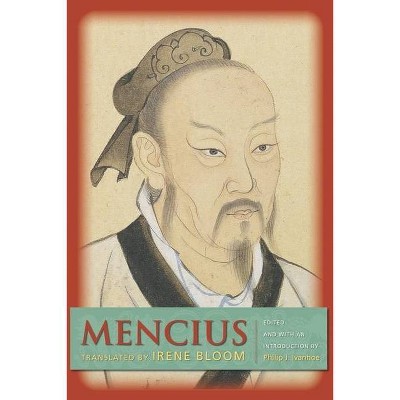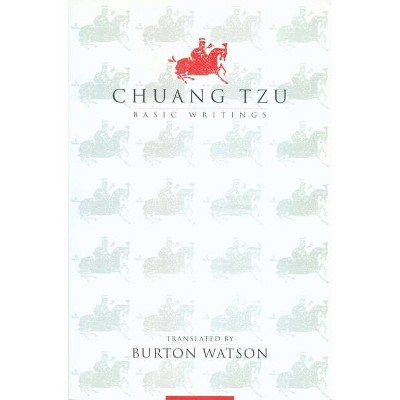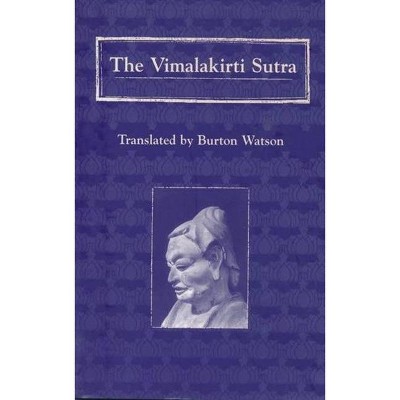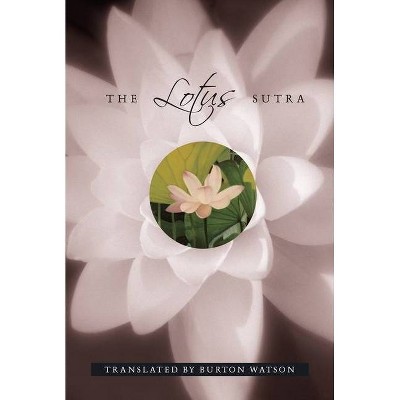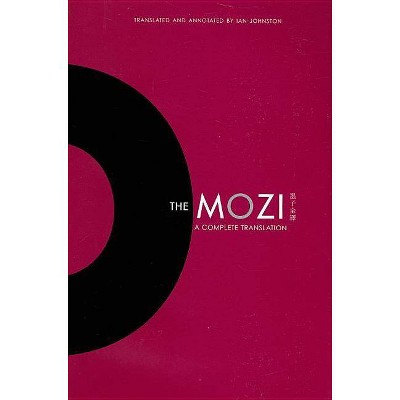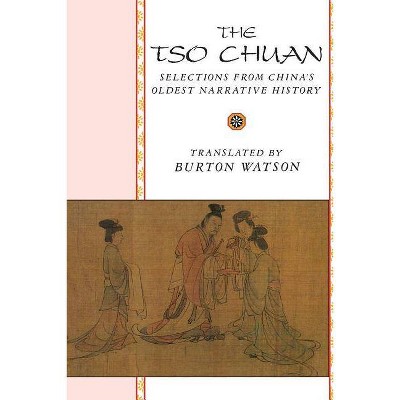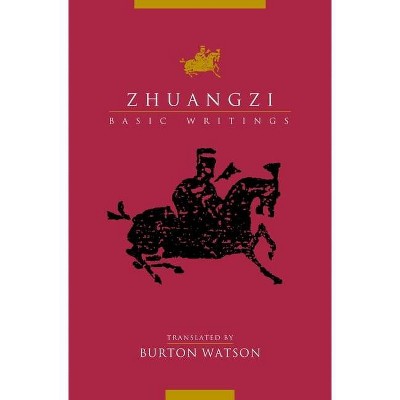Lust, Commerce, and Corruption - (Translations from the Asian Classics) Abridged by Mark Teeuwen & Kate Wildman Nakai (Paperback)
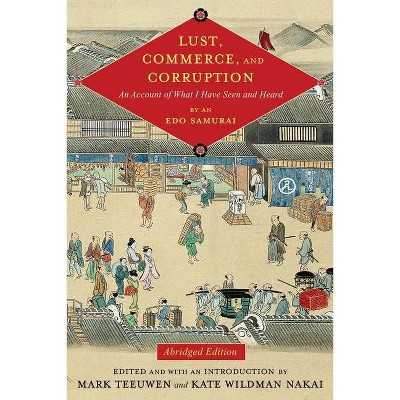
Similar Products
Products of same category from the store
AllProduct info
<p/><br></br><p><b> About the Book </b></p></br></br>In 1816, an anonymous samurai produced a scathing critique of Edo society. Writing as Buyō Inshi, he expressed a profound despair with the state of the realm. Although he saw decay wherever he turned, Buyō also provided a vivid, wide-ranging picture of Edo life. This abridged edition streamlines the original translation for classroom use.<p/><br></br><p><b> Book Synopsis </b></p></br></br>By 1816, Japan had recovered from the famines of the 1780s and moved beyond the political reforms of the 1790s. Despite persistent economic and social stresses, the country seemed headed for a new period of growth. The idea that the shogunate would not last forever was far from anyone's mind. <p/>Yet, in that year, an anonymous samurai produced a scathing critique of Edo society. Writing as Buyo Inshi, "a retired gentleman of Edo," he expressed in <i>An Account of What I Have Seen and Heard</i> a profound despair with the state of the realm. Seeing decay wherever he turned, Buyo feared the world would soon descend into war. <p/>In his anecdotes, Buyo shows a sometimes surprising familiarity with the shadier aspects of Edo life. He speaks of the corruption of samurai officials; the suffering of the poor in villages and cities; the operation of brothels; the dealings of blind moneylenders; the selling and buying of temple abbotships; and the dubious strategies seen in law courts. Perhaps it was the frankness of his account that made him prefer to stay anonymous. <p/>A team of Edo specialists undertook the original translation of Buyo's work. This abridged edition streamlines this translation for classroom use, preserving the scope and emphasis of Buyo's argument while eliminating repetitions and diversions. It also retains the introductory essay that situates the work within Edo society and history.<p/><br></br><p><b> Review Quotes </b></p></br></br><br>This is not the familiar Edo-period Japan you've studied in class. It is instead a cynical, critical, no-holds-barred account of all that an observant samurai found wrong with his society. Corruption, degeneration, destitution, monks on the make: it is a world in decline that he depicts, and the superb introduction puts it all in context. Things may not have been quite as he says, but this is firsthand testimony from somebody who was there and it lays barethe mentalities of the age.--Peter Kornicki, University of Cambridge<br><br>What better way to explore the riches of Japanese society before its "opening" to the West than through this masterful translation of one of the most colorful social commentaries of the time? Student and scholar alike will treasure this volume.--Daniel Botsman, Yale University<br><p/><br></br><p><b> About the Author </b></p></br></br>Mark Teeuwen is professor in Japanese studies at the University of Oslo. He is a historian of Japanese religion, with special focus on the history of Shinto. <p/>Kate Wildman Nakai is professor emerita at Sophia University, Tokyo. Her research focuses on Tokugawa and modern history, with an emphasis on intellectual developments. <p/>Fumiko Miyazaki is professor emerita at Keisen University in Tokyo. Her research focuses on Tokugawa religion and society. <p/>Anne Walthall is professor emerita at the University of California, Irvine. Her research focuses on society and gender during the Tokugawa period. <p/>John Breen is a professor at the International Research Center for Japanese Studies, Kyoto, where he edits the journal <i>Japan Review</i>. His research focuses on issues of state and religion in Japan.
Price History
Price Archive shows prices from various stores, lets you see history and find the cheapest. There is no actual sale on the website. For all support, inquiry and suggestion messages communication@pricearchive.us
